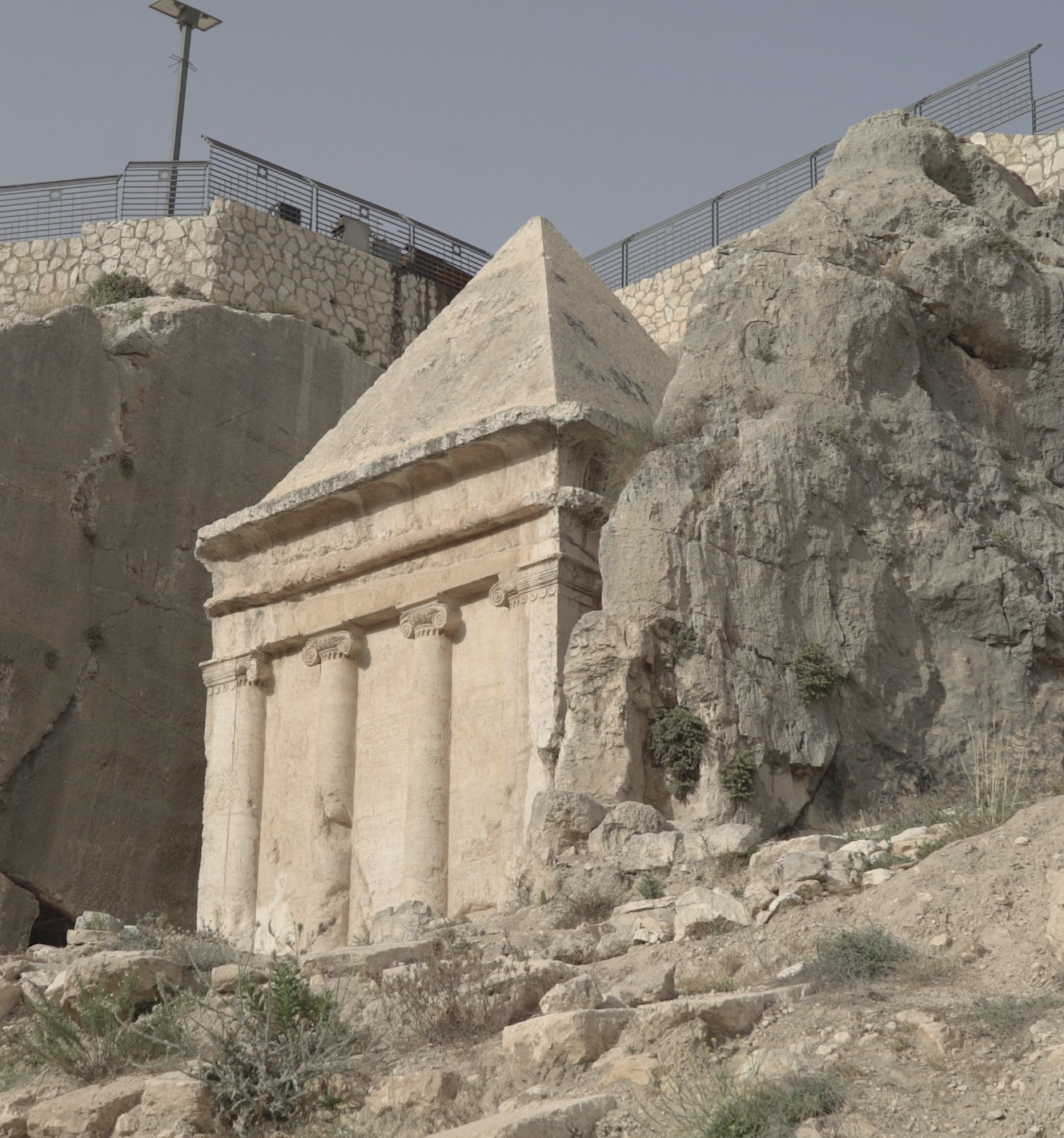Summary
Historic Significance of Kidron Valley Tombs
The Kidron Valley Tombs are a set of ancient burial sites that carry a profound historic significance. Located at the foot of the Mount of Olives in Jerusalem, these tombs date back thousands of years. They serve as a testament to the area’s vibrant history. Each tomb has its own story, often tied to notable figures and families from antiquity. As a vivid reflection of past civilizations, the tombs offer insights into the burial customs, architectural styles, and religious beliefs of the times. Though weathered by time, the enduring structures continue to captivate researchers and visitors alike, unlocking secrets of our shared human past.
Get your dose of History via Email
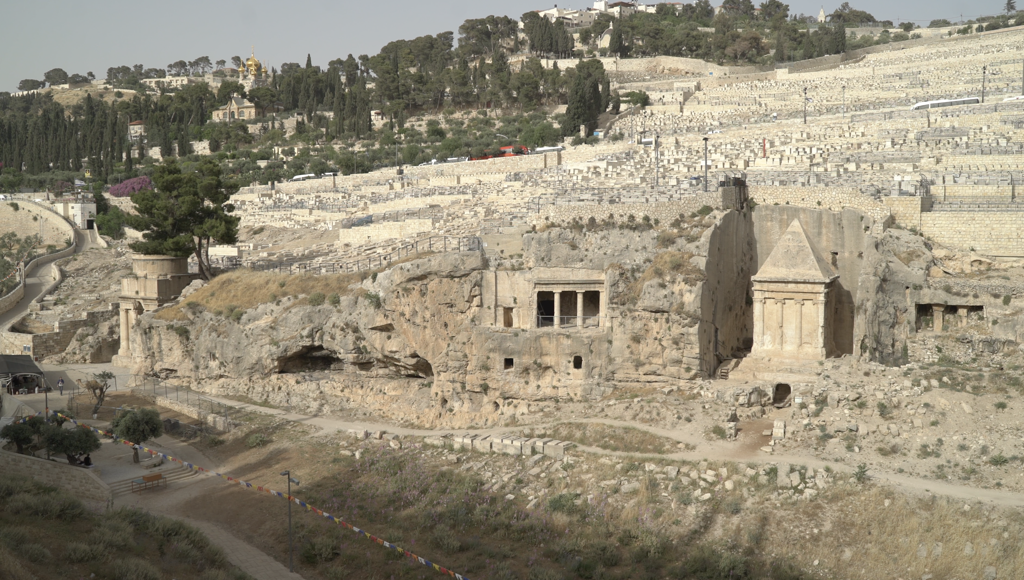
A Journey through Time and Artistry
Exploring the Kidron Valley Tombs is a walk through time and artistry. From the ornate Absalom’s Tomb with its distinct conical roof to the elegant Pillared Tomb of Zechariah, these monuments showcase sophisticated stonework of past eras. Each structure within the Kidron Valley reflects a unique blend of Hellenistic, Roman, and Jewish influences. The fusion of such diverse styles illustrates the cross-cultural interactions within the region. Recognizing the skill of the ancient artisans, visitors and historians appreciate the intricate carvings and motifs that have withstood centuries.
Preservation and Cultural Heritage
The tombs in the Kidron Valley are not only remarkable relics but also a crucial part of the world’s cultural heritage. They are a magnet for archeologists, biblical scholars, and those seeking a deeper understanding of historical religious practices. Efforts to preserve these ancient marvels have ramped up as they face threats from natural erosion and modern development. By safeguarding the integrity of these sites, conservationists aim to keep the legacy of the Kidron Valley alive. This allows future generations to experience the wonder of these historical treasures.
Historical Background of Kidron Valley Tombs
Ancient Burial Grounds
The Kidron Valley Tombs mark an ancient burial ground that has stirred intrigue for centuries. This sacred site lies in the Kidron Valley, between the Temple Mount and the Mount of Olives. It dates back to the First Temple period. Archaeologists believe the first burials took place here over 3000 years ago. The tombs remained in use for many centuries, serving as the final resting place for generations. They reflect the valley’s significant role in the religious and social life of the area.
Architectural Diversity
As an archaeological gem, the Kidron Valley Tombs display an array of architectural styles. These styles span multiple periods and cultures. For instance, the Tomb of Absalom stands out with its conical roof, while the Tomb of the Sons of Hezir showcases a flat facade with Doric columns. These differences hint at the evolving tastes and influences that affected the region. Furthermore, they suggest the wealth and status of those interred within.
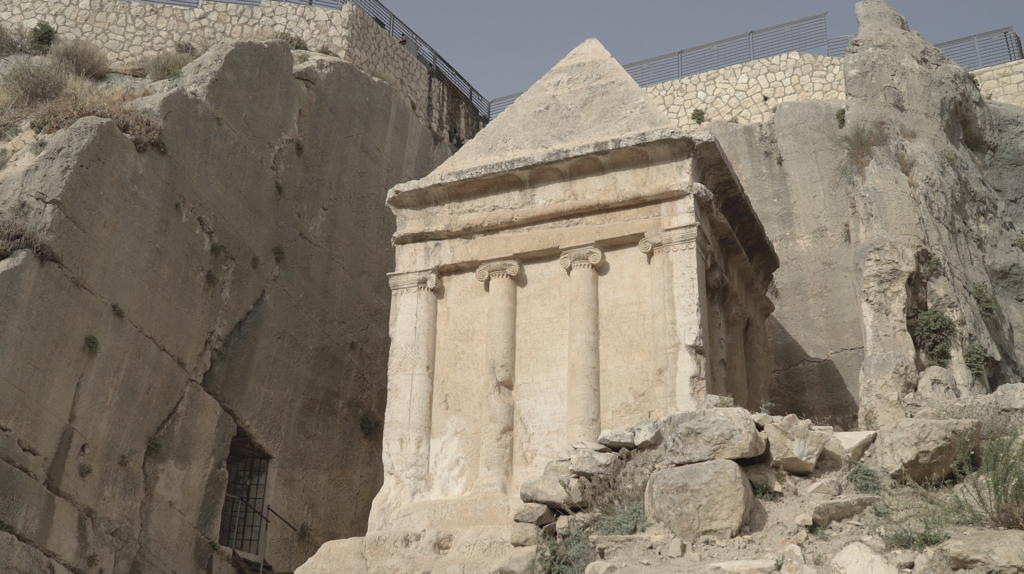
Symbolic Significance
Beyond their architectural splendor, the Kidron Valley Tombs hold symbolic significance. They often feature in biblical narratives and religious traditions. For example, Absalom’s Tomb is linked to the rebellious son of King David. Despite scholarly debates about the true occupants, the tombs are widely recognized as symbols of mortality and legacy. This has embedded them deeply into the cultural and spiritual fabric of the region.
In addition to their religious meaning, these historical structures shed light on ancient burial customs. The tombs often contain burial niches known as kokhim. These cut into the rock walls, signal a unique method of interment specific to the area. The attention to detail in the tomb’s construction also speaks to the reverence for the afterlife. This culturally rich practice shows an elaborate view of death and remembrance.
Today, the Kidron Valley Tombs are a focal point for visitors from around the world. They come to marvel at the historical grandeur and to ponder the lives of those who once roamed the surrounding city. Their preservation remains a priority for both historians and the local community. Together, they aim to maintain the site’s allure and educational value for centuries to come. This ongoing effort ensures that the Kidron Valley Tombs will continue to fascinate and educate future generations.
The Discovery of Kidron Valley Tombs
Initial Unveiling
The Kidron Valley Tombs were not always part of our shared knowledge of history. Their discovery dates back to the 19th century when explorers first documented them in detail. Their unveiling caught the attention of scholars and the public alike. This sparked a wave of interest in the sacred history of the Kidron Valley.
Key Figures in the Discovery
Pioneers like French archaeologist Louis Félicien de Saulcy played a crucial role. In the 1850s, he led expeditions that shed light on the tombs’ significance. His work and that of others paved the way for future research. They uncovered the rich tapestry of historical narratives enshrined within the valley.
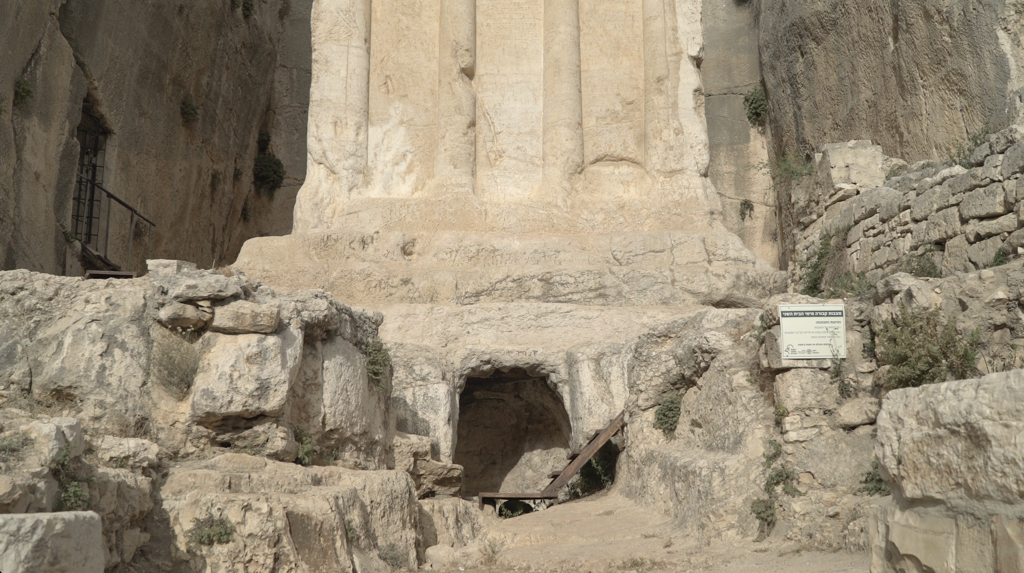
Archaeological Endeavors
Subsequent archaeological endeavors revealed more about the tombs’ origins and designs. Scholars confirmed their association with the Second Temple period. This was a pivotal era in the history of ancient Jerusalem. They also revealed the tombs were once majestic monuments. They stood as a testament to the wealth and power of their occupants.
The intricate carvings and motifs of the tombs have brought critical acclaim. They highlight the artistic abilities of ancient craftsmen. Moreover, careful analysis of these designs has allowed historians to piece together the cultural influences of the time. These insights have enriched our understanding of ancient Judean society.
Today, the Kidron Valley Tombs are safeguarded as part of our global heritage. Conservation experts work tirelessly to protect them against the ravages of time and environmental threats. This ensures their stories and the history they carry will continue to inspire and educate people from all over the world.
Cultural Significance, Dating methods, Theories and Interpretations
Immense Cultural Impact
The Kidron Valley Tombs are a profound cultural landmark from the ancient world. They stand near Jerusalem, a city of immense historical and spiritual importance. These tombs serve as a visual narrative of the people and events that shaped the region. They allow us to glimpse into the practices, beliefs, and values of ancient societies. This spot has drawn pilgrims, historians, and travelers, eager to connect with a bygone era.
Dating the Past
Understanding the exact timeline of the Kidron Valley Tombs poses a significant challenge. Researchers have used various dating methods, including typological dating and radiocarbon analysis. The styles of the tombs and the artifacts within help pinpoint their creation within historical periods. Discoveries like pottery and coins assist in providing a more accurate dating of the structures. This approach has linked the tombs to the Second Temple period. This reveals their critical placement in Jewish history.
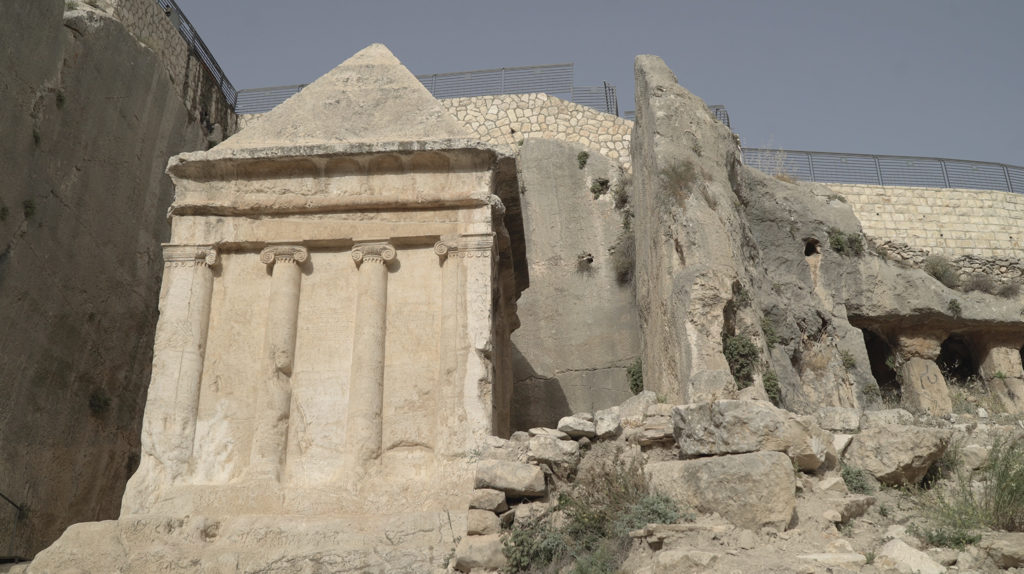
Unraveling Theories
Several theories abound about the Kidron Valley Tombs, particularly concerning who is buried there. Some surmise the tombs belong to high priests, wealthy families, or prominent individuals. Others speculate on their ties to biblical figures. These interpretations are often the subject of debate. They spark further exploration and research, fueling our quest for knowledge about the past.
The tombs have also spawned differing interpretations regarding their designs. Some scholars suggest the influences of Hellenistic or Roman art. Others claim the motifs reflect local traditions and symbols. These discussions enhance our understanding of regional cross-cultural exchanges and artistic evolution.
With each hypothesis and interpretation, the Kidron Valley Tombs gain new dimensions of significance. They inspire us to piece together the puzzles of history. This also drives us to appreciate the complexity of human civilization through the ages.
Conclusion and Sources
The Kidron Valley Tombs, steeped in history and mystery, have been the center of significant archaeological and scholarly attention. While much has been unearthed, much remains to be understood about these ancient marvels. They are not only a testament to the architectural ingenuity and cultural magnificence of ancient civilizations but also a constant source of knowledge that enriches our understanding of human history. As explorations continue and preservation efforts strengthen, the Kidron Valley Tombs will continue to captivate and educate, reminding us of the intricate tapestry of human civilization.
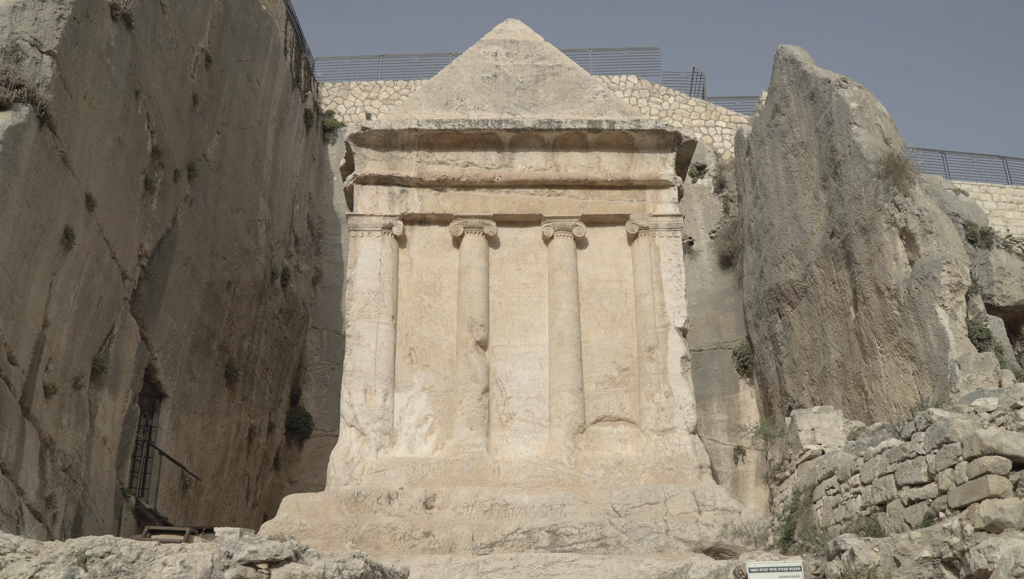
For further reading and to validate the information presented in this article, the following sources are recommended:
Or you can check any of these reputable archaeological and historical texts:
Benyamin, M., & Amir, D. (2007). The tombs of the Kings of Judah. Jerusalem: Carta Jerusalem.
Cohen, R. (2013). Ancient Jewish Tombs Near Jerusalem’s Walls. Near Eastern Archaeology, 76(4), 202-219.
Kloner, A., & Zissu, B. (2003). The Necropolis of Jerusalem in the Second Temple Period. Antwerp: Peeters Publishers.
Mazar, E. (1990). Archaeology of the Land of the Bible: 10,000-586 BCE. New York: Anchor Bible Reference Library.
Vilnay, Z. (1975). Legends of Jerusalem. Philadelphia: The Jewish Publication Society of America.

